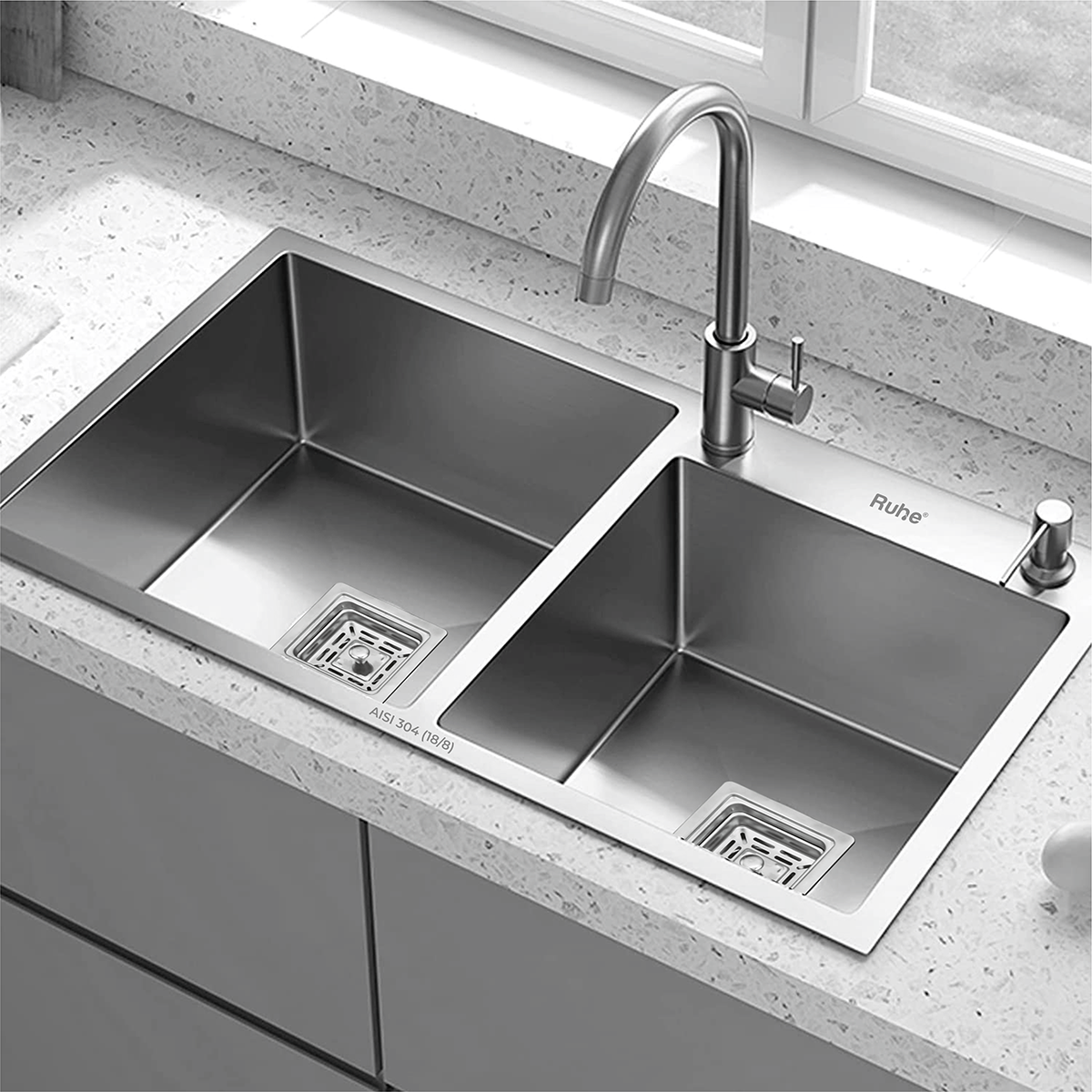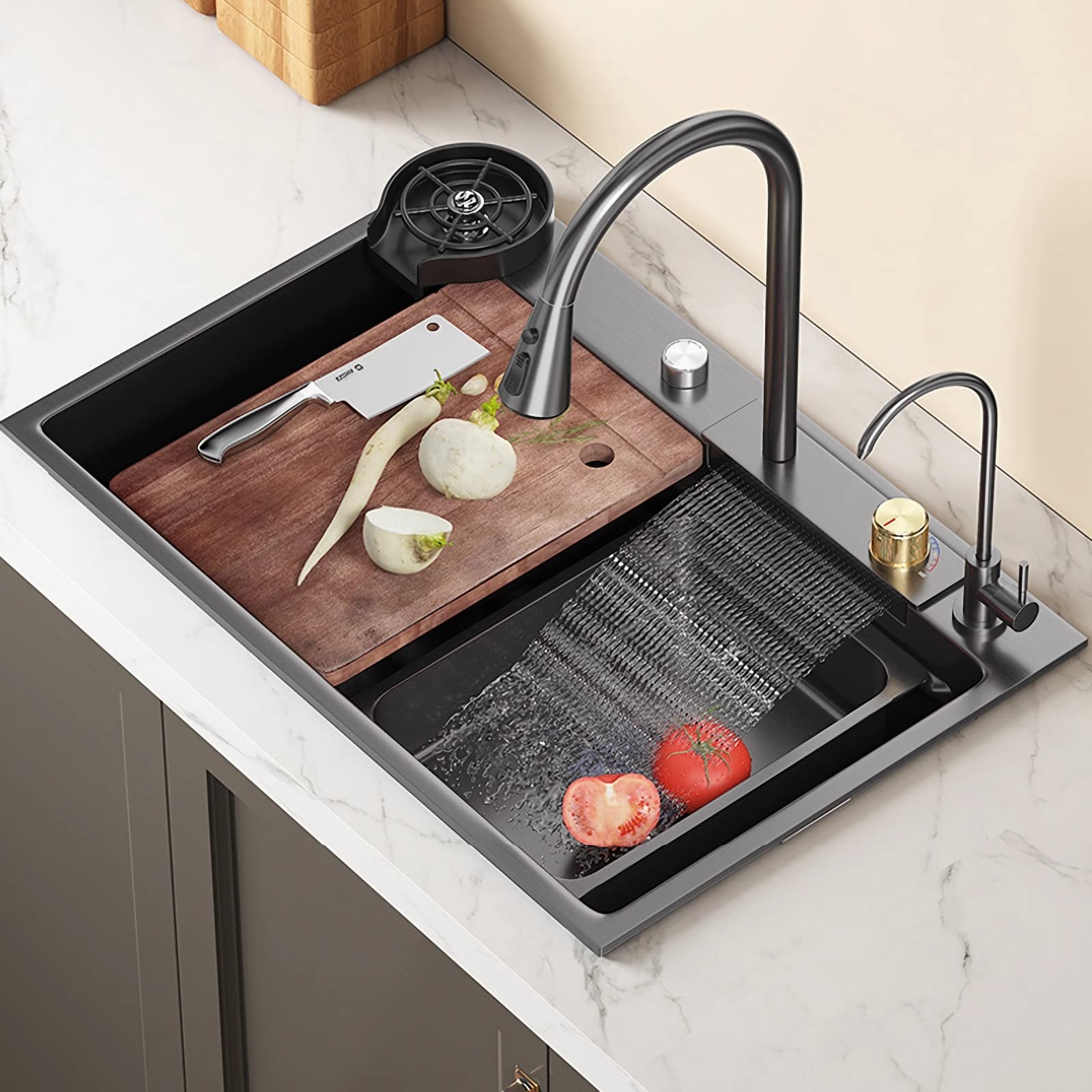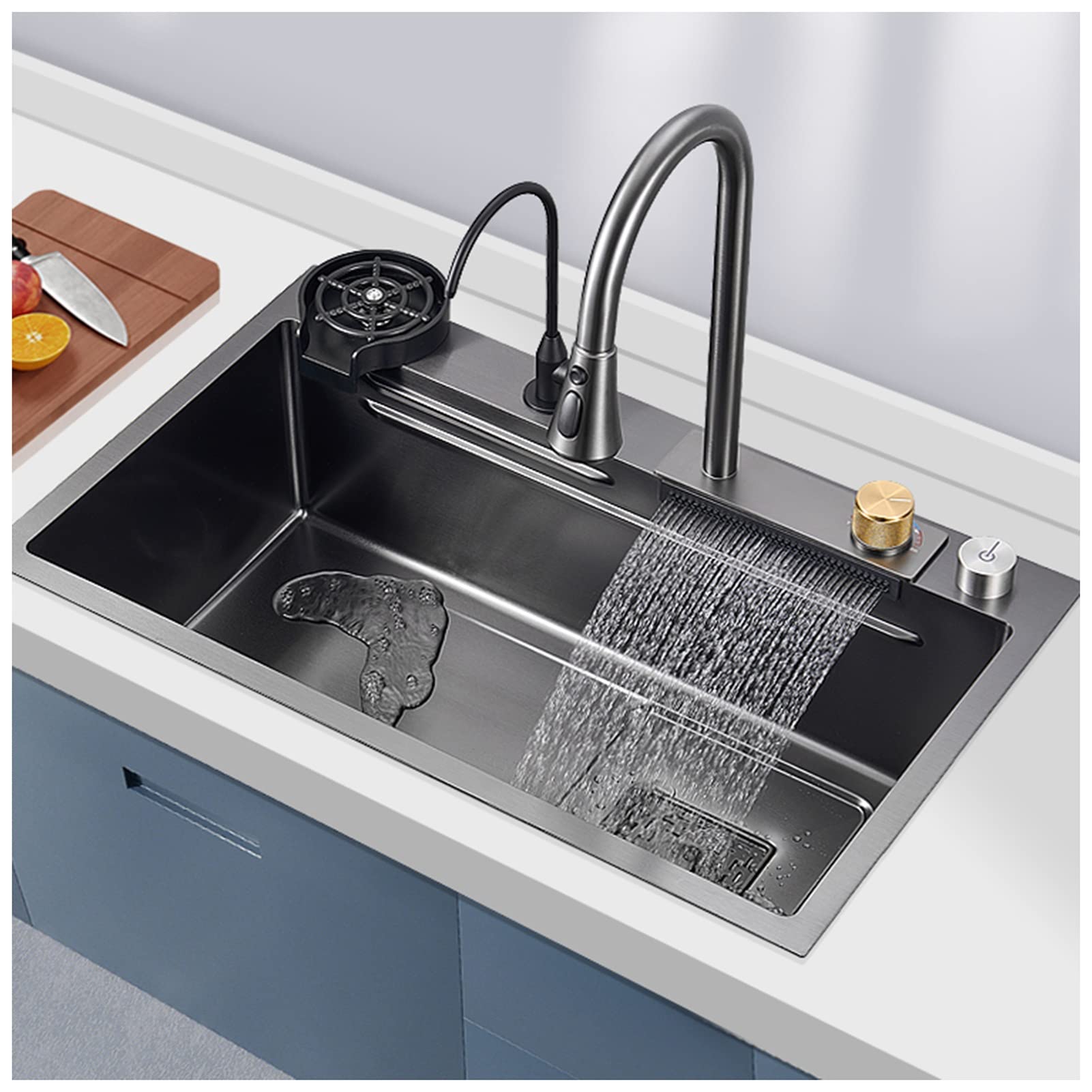Introduction: The Unwelcome Aroma in Your Kitchen
The kitchen, often hailed as the heart of any home, is meant to evoke warm memories of shared meals and laughter. Yet, when an unwelcome visitor in the form of a sewage-like smell invades this sacred space, it quickly turns the homely haven into an unpleasant environment. The kitchen sink, a hub of daily activities from washing dishes to food preparation, can unexpectedly become the source of this disturbing odor. This article delves into understanding why your kitchen sink might emit a sewage stench, exploring possible causes, and outlining effective remedies to restore the freshness you crave.

Understanding the Origins: Plumbing Mysteries Unraveled
At the root of most kitchen sink sewage odors lies a plumbing issue. One common culprit is a dried-out P-trap, that curved pipe beneath the sink designed to hold water, creating a barrier between your home and the sewer gases. When this water evaporates, usually due to disuse or extreme dryness, allowing noxious gases to seep up through the drain. Another potential cause involves blocked drain vents, which are essential for maintaining proper air pressure in the plumbing system. Clogs here prevent gases from escaping through the roof and force them back down into your home. Additionally, broken or damaged sewage lines can directly introduce sewage smells, signaling more severe infrastructure problems.
DIY Diagnosis: Identifying the Root Cause
Before attempting any fixes, accurately diagnosing the problem is crucial. Start by inspecting the P-trap; if it appears dry, simply running water down the drain should refill it and, hopefully, alleviate the smell. If the odor persists, it may be time to check for deeper issues. Look for signs of slow-draining sinks or gurgling sounds during use, which could indicate venting problems or partial clogs. Using a drain snake or a plunger can help clear minor blockages, but for persistent issues, consider calling in a professional plumber to investigate further using cameras to inspect pipes for cracks, collapses, or invasive tree roots.

The Case of the Forgotten Garbage Disposal: Cleaning and Maintenance
For homes equipped with a garbage disposal, neglecting its maintenance can lead to a buildup of food debris, rotting scraps, and subsequent sewage-like odors. Regular cleaning is imperative to keep the unit functioning optimally and smelling fresh. Begin by flushing the disposal with cold water while running it for a few seconds. Then, using a mixture of ice cubes and rock salt, grind them in the disposal to scrub away any stuck-on grime. Follow up with a citrusy freshener by grinding lemon or orange peels to leave a pleasant aroma behind. Remember to always run cold water when using the disposal to harden any fatty substances that might otherwise cling and cause odors.
Ventilation Matters: Ensuring Proper Airflow
Adequate ventilation in the kitchen plays a pivotal role in preventing the accumulation of unwanted odors, including those emanating from the sink. Ensure that your range hood or exhaust fan is functioning correctly and used regularly, especially during cooking and dishwashing sessions. Proper ventilation helps expel steam, smoke, and odors, reducing humidity that can exacerbate sewage-like smells by promoting bacterial growth. In some cases, improving overall home ventilation through open windows or using dehumidifiers can also contribute to a fresher kitchen atmosphere.

When DIY Isn’t Enough: Calling in the Experts
Despite your best efforts, there may come a point when the source of the smell remains elusive or requires specialized equipment and expertise to rectify. Professional plumbers have the tools and knowledge to handle complex issues like repairing or replacing damaged drain lines, clearing extensive venting obstructions, or addressing more serious sewage system failures. Delaying professional intervention could lead to more significant problems, such as water damage, mold growth, or even health hazards from exposure to sewage gases.
Preventive Measures: Staying Ahead of the Odor Game
To avoid future encounters with sewage-like smells, adopt a proactive approach to kitchen sink maintenance. Regularly clean and inspect your P-trap, ensuring it remains filled with water. Implement a routine for cleaning your garbage disposal and drains using natural, non-corrosive methods. Keep an eye on slow-draining sinks and address them promptly to prevent clogs from worsening. Moreover, schedule annual plumbing inspections to catch potential problems early on, including checking the integrity of your drain vents and sewage lines. By staying vigilant, you can significantly reduce the likelihood of another olfactory nightmare in your kitchen.

Educating Yourself: Understanding Your Plumbing System
One of the most effective preventive measures is understanding the basics of your kitchen’s plumbing system. Familiarize yourself with the layout of your pipes, including the location of the main shutoff valve, which can be crucial in emergency situations. Knowing how your P-trap, drain lines, and vent system work together will help you identify potential issues faster and communicate more effectively with professionals when needed.
Maintaining Drain Health: Natural Solutions and Best Practices
Incorporate natural cleaning practices into your routine to maintain drain health without resorting to harsh chemicals that can corrode pipes and harm the environment. Regular use of boiling water, followed by a mixture of baking soda and vinegar, can help break down grease and grime buildup. For garbage disposals, occasional ice cube runs can sharpen the blades, while grinding citrus peels can freshen the unit.

Mindful Disposal Habits: What Not to Put Down the Drain
Educate all household members about proper disposal habits. Grease, oil, coffee grounds, eggshells, stringy vegetables, and starchy foods should never be put down the drain, as they contribute to clogs and can lead to unpleasant odors. Instead, dispose of these items in the trash or compost bin.
Monitoring External Factors: The Role of Tree Roots
Be aware of external factors that might impact your plumbing, such as tree roots seeking moisture. Large trees near your sewage lines can invasion pipes, causing cracks and blockages. Regular inspections, especially if you notice slow drains or frequent backups, can help detect and address root intrusions before they become major issues.

Conclusion: Restoring Your Kitchen’s Sweet Aroma
Dealing with a sewage smell emanating from your kitchen sink can be distressing, but armed with knowledge and proactive measures, it’s a challenge that can be overcome. Whether it’s a simple fix like refilling the P-trap or a more involved process requiring professional assistance, addressing the root cause is key to restoring your kitchen’s inviting ambiance. Remember, prevention is always better than cure, so incorporate good maintenance practices into your routine to safeguard against future odorous invasions. With these strategies in place, your kitchen can once again be the pleasant gathering spot it was always meant to be.


